
Camouflage and Survival
by Marek
I will have to admit from the start that this blog article is based purely on both...
With around 2500 species of moth in the UK alone, when it comes to recording moths, it's important to have a good understanding of their behavior and identification. Moths come in a variety of shapes, sizes, and colors, and each species has its own unique characteristics and habits. It was important to familiarize ourselves with the different types of moths in our area, as well as their preferred habitats, food sources, and behaviors. This involved using field guides, online resources, and talking to other enthusiasts to learn as much as we can about these fascinating insects. By knowing your moths, you'll be able to accurately identify and document your findings, as well as understand more about their behavior and ecology in the field. Whether you're a seasoned moth enthusiast or just starting out, taking the time to learn about these insects will help you get the most out of your recording experiences.

I will have to admit from the start that this blog article is based purely on both...
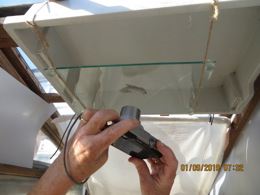
Why not read about how I have been trying to take images in my my moth house upside down, with th...
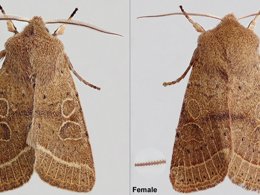
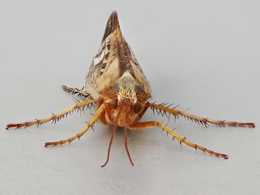

When Marek first began moth trapping, as I was still working, my main role was recording his catc...
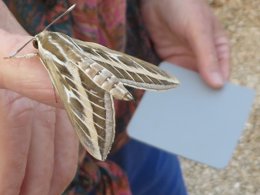
Although this post is titled Handling Moths it is not the subject of the photo attached of a Stri...
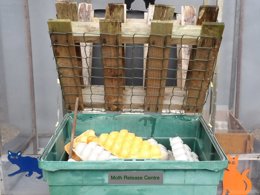
Some of the moths which settle in and around the trap make their bed and want to lie in it. Outsi...
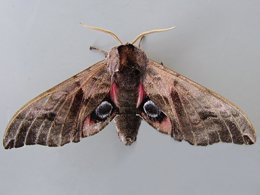
In order to offer as much protection to moths during capture and release it is first necessary to...